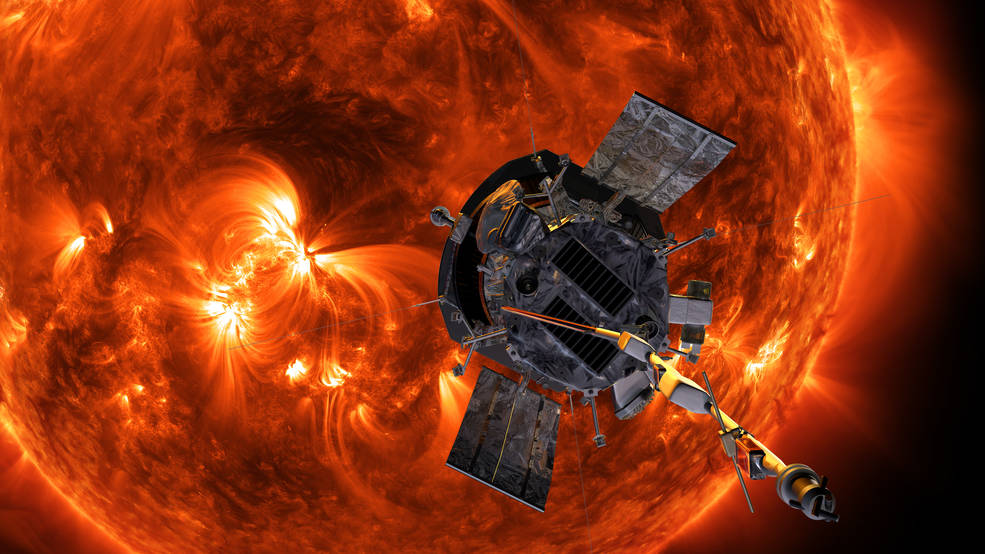On August 12, 2018, NASA's first mission to "touch" the Sun got underway with the launch of the Parker Solar Probe from Cape Canaveral Air Force Station in Florida. Over a seven-year period, the Parker Solar Probe will complete 24 orbits of the Sun. The orbital trajectories will send the probe nearer and nearer to the only star in the universe that humanity can study in close proximity. During its closest passes in 2025, the Parker Solar Probe will come to within 6.1 million kilometers (3.8 million miles) of the Sun's surface—seven times closer than Helios 2, the previous record-holding probe. See also: Light; Space probe; Star; Sun; Universe

At this range, the Solar Parker Probe will enter the Sun's outer atmosphere, known as the corona. There, the robotic explorer will gather information that will allow scientists to answer longstanding questions about heat and energy transfer through the corona and out into space. The spacecraft will also examine how the constant stream of charged particles from the Sun, dubbed the solar wind, is accelerated by magnetic fields in the searing region surrounding the Sun. Advancing scientists' understanding of the mechanics of the corona will augment abilities to forecast "space weather" events, when outbursts from the Sun can damage satellites, endanger astronauts, and even trigger power outages in electrical grids down on Earth. See also: Earth; Electric power generation; Electric power systems; Electric power transmission; Heat transfer; Satellite (spacecraft); Solar corona; Solar wind
The Parker Solar Probe will have to survive temperatures reaching approximately 1,400°C (2,550°F) as it conducts its stellar investigation. To protect the spacecraft and its instruments from the intense heat and radiation, a 11.5-centimeter-thick (4.5-inch) carbon-composite shield will remain Sun-facing over the mission's duration. Power for the vessel will be provided by solar cell arrays, which will retract or extend depending on the thermal environment the spacecraft is traversing. During searing swings near the Sun, the solar arrays will tuck away into the machine's body. When the Solar Parker Probe loops into cooler climes, out past the orbit of Venus, the arrays will redeploy and gather sunlight. See also: Composite materials; Heat; Radiation; Solar cell; Solar energy; Temperature; Venus





